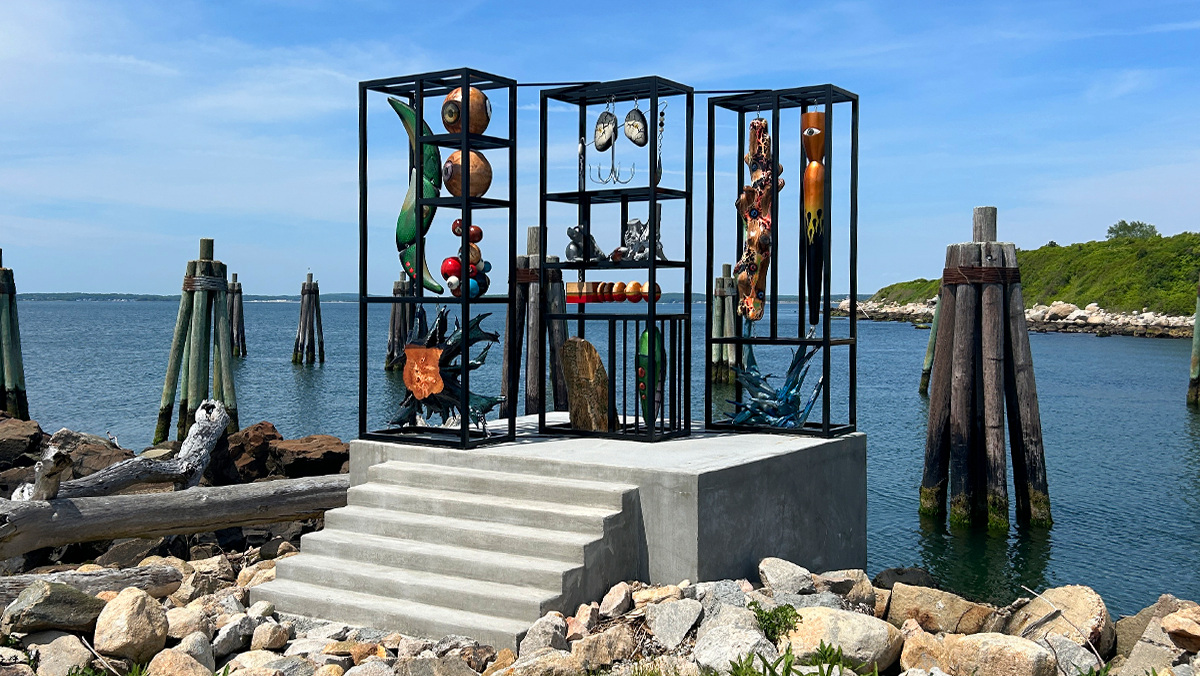
Welcome to This Week in Culture, a weekly agenda of show openings and events in major cities across the globe. From galleries to institutions and one-of-a-kind happenings, our ongoing survey highlights the best of contemporary culture, for those willing to make the journey.
New York
“See the Forest For the Sea” by Moko Fukuyama
Where: Lighthouse Works, Fishers Island
When: May 26 – December 15
Why It’s Worth a Look: Examining the complexities of fishing lures as a means of bridging the land and the sea, the natural and the manmade, Fukuyama intertwines fallen timber and steel to acknowledge and celebrate the entanglement between earth and water.
Know Before You Go: The work greets those arriving to the island by ferry, a calling inwards as they move from waves to ground.

“The Open Orchard” by Sam Van Aken
Where: Governor’s Island, New York
When: Year-round
Why It’s Worth a Look: This public art installation doubles as an environmental preservation effort. Van Aken takes fruit varieties historically native to New York but diminished by climate change, and gives them new roots, literally.
Know Before You Go: Van Aken used a complex grafting process to create hybrid trees that grow multiple types of fruit.
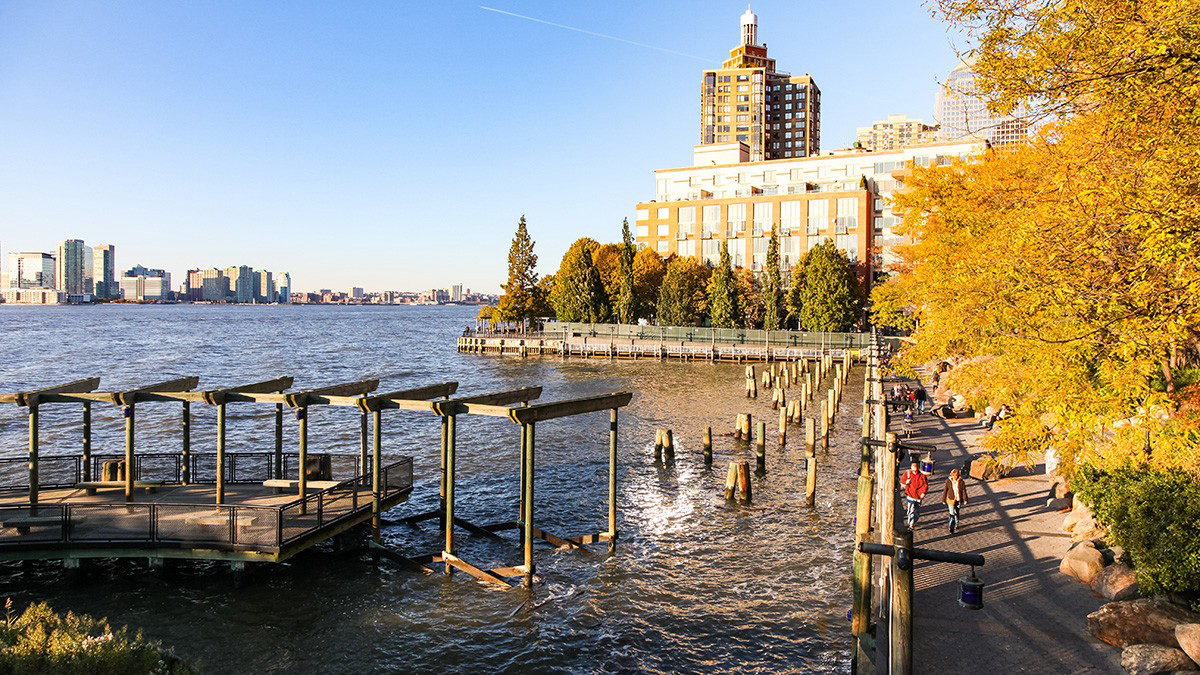
South Cove by Mary Miss
Where: Battery Park City, New York
When: Year-round
Why It’s Worth a Look: In 1984, Battery Park City commissioned architects Child Associates, architect Stan Eckstut, and artist Mary Miss to collaborate on the construction of a park along a landfill at the edge of the water. The result is a hillside inhabited by boulders and trees running down to The Esplanade and complemented by native vegetation, marking the passage between the city and the river.
Know Before You Go: Completed in 1987, the waterfront site offers unique views of the Hudson while mimicking the form of a cove for a unique experience at the intersections of land and sea.
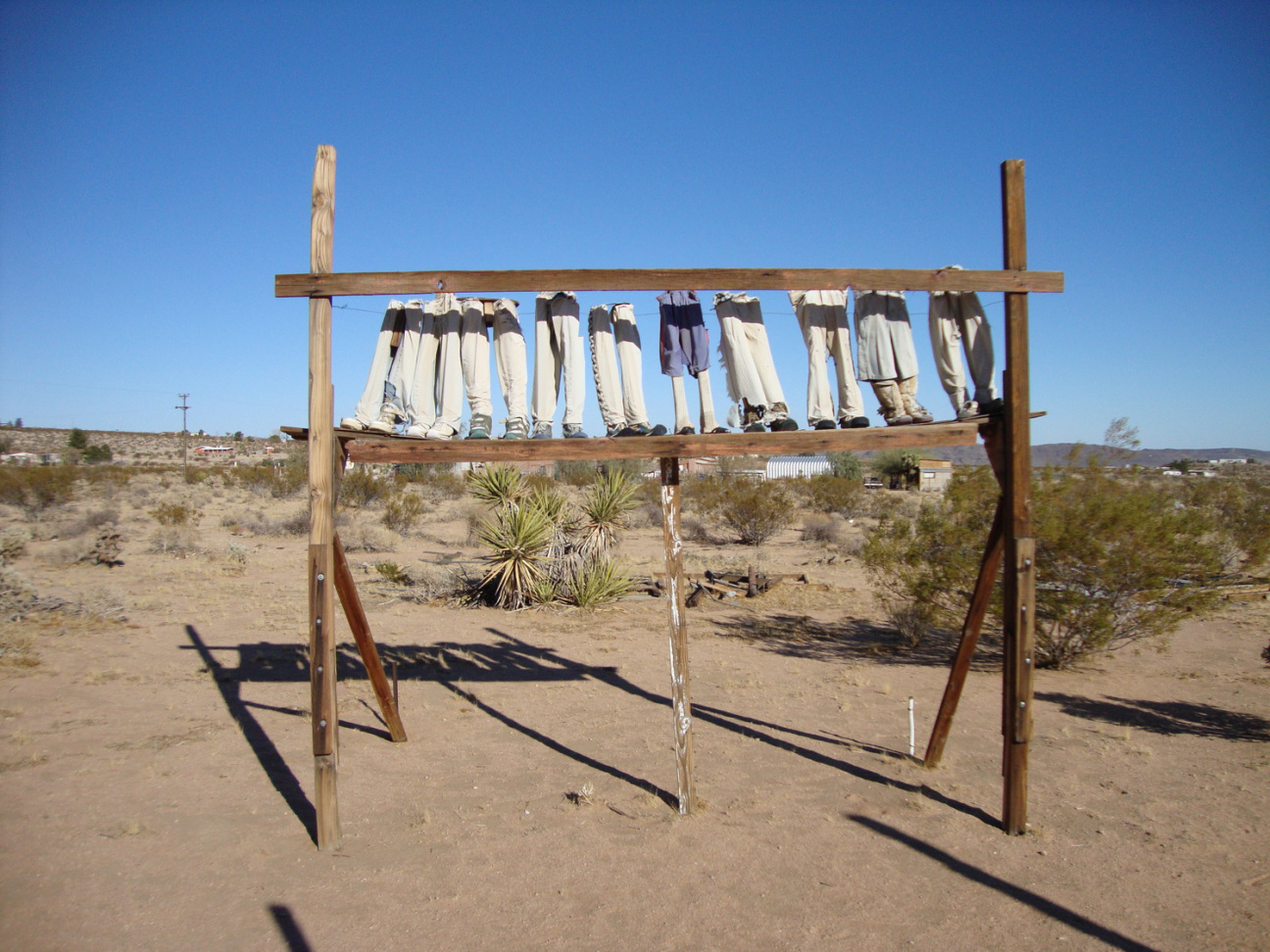
California
Joshua Tree Outdoor Museum
Where: Noah Purifoy Foundation, Joshua Tree
When: Year-round
Why It’s Worth a Look: The foundation’s outdoor collection of sculpture forms a village of found-object constructions, including materials like barbed wire and rusting fences. The result is a fantastical realm of junk reimagined.
Know Before You Go: Purifoy spent more than a decade living in Los Angeles and working for the California Arts Council before moving the Mojave Desert and dedicating his life to his large-scale outdoor sculptures on view here.
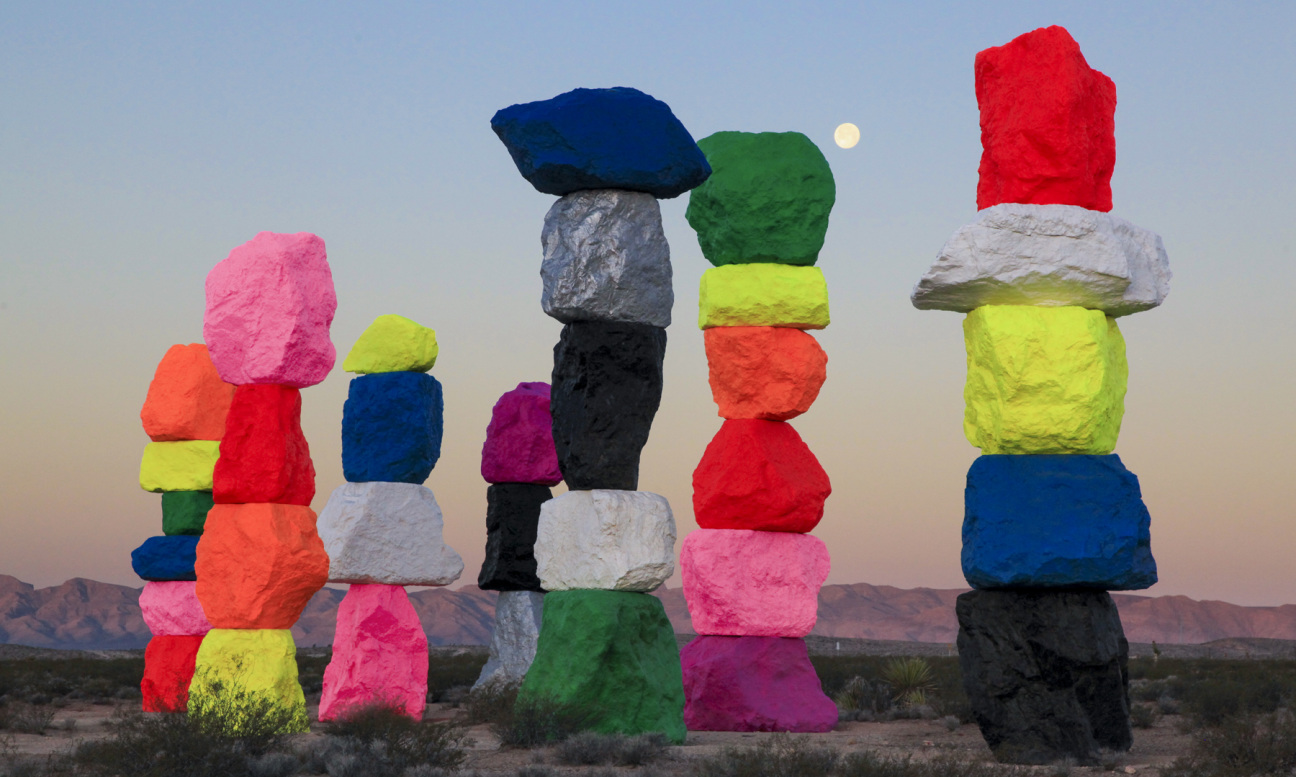
Nevada
“Seven Magic Mountains” by Ugo Rondinone
Where: Las Vegas
When: Year-round
Why It’s Worth a Look: Rondinone’s seven towers of brightly colored boulders have rested at their specific location since 2016. The placement of the Magic Mountains is intended to highlight the transformation from the natural to the man-made world, as viewers pass by on the interstate toward the artificial landscape of Las Vegas.
Know Before You Go: Seven Magic Mountains was originally only intended to be on view for two years, but the sculptures have been so well received that plans are in the works to keep them there in perpetuity.
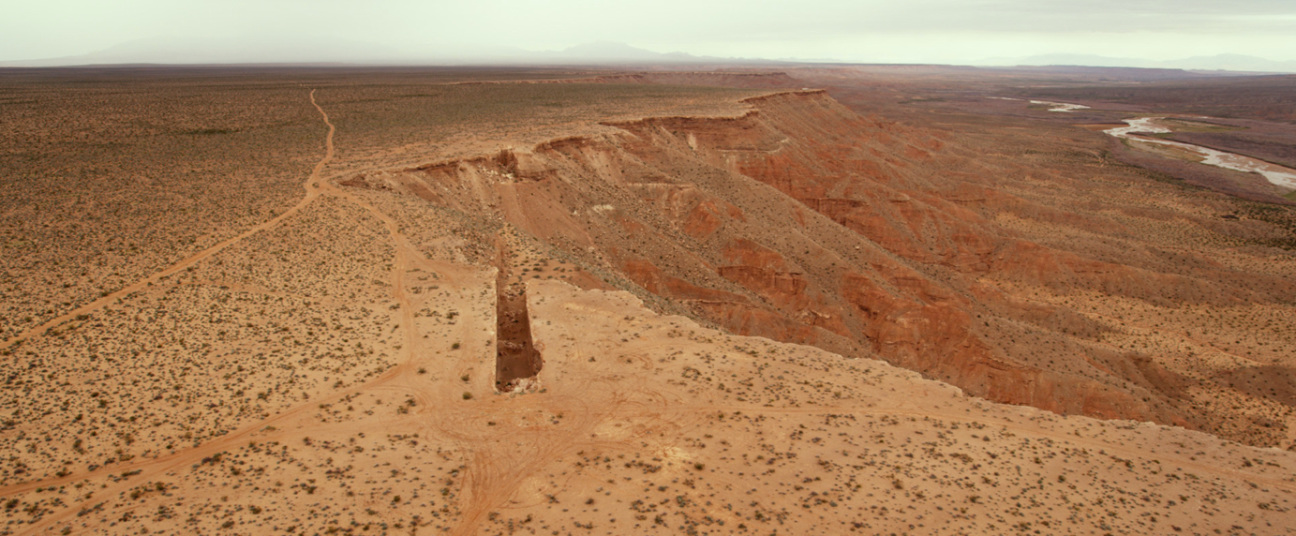
Double Negative by Michael Heizer
Where: Moapa Valley near Overton
When: Year-round
Why It’s Worth a Look: Heizer’s Double Negative is one of the few remaining true examples of land art, existing entirely in the context of its environment. Consisting of two trenches dissecting the top of Mormon Mesa, the work is both a product and a disruption of the natural landscape.
Know Before You Go: The creation of the trenches displaced 240,000 tons of desert sandstone.

Utah
“Sun Tunnels” by Nancy Holt
Where: Wendover
When: Year-round
Why It’s Worth a Look: Visible from over a mile away, Holt’s massive concrete tunnels take shape against the horizon, formatted in a specific position to perfectly frame the sun during the winter and summer solstices.
Know Before You Go: Holt also included holes that cast patterns of constellations in light on the inside of the tunnels.
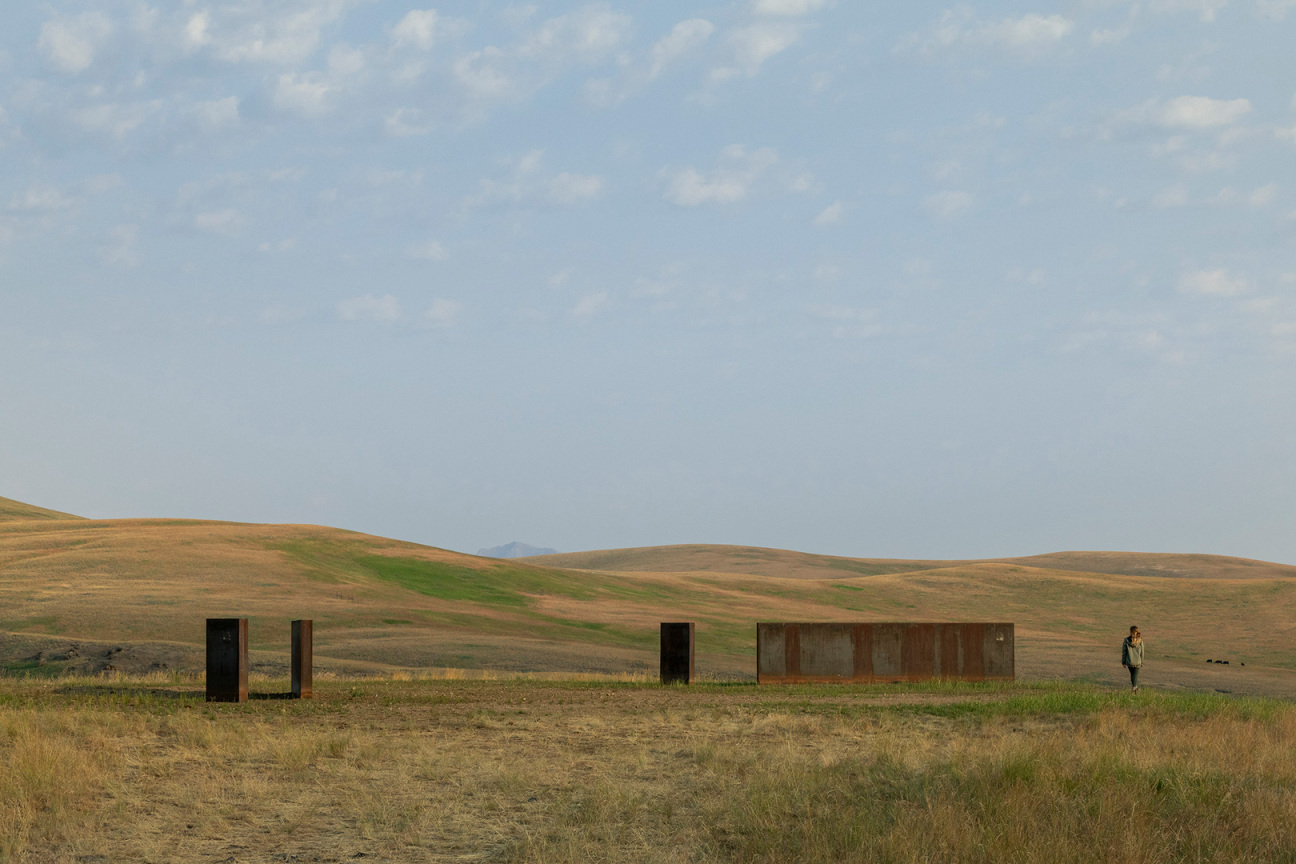
Montana
“Crossroads II” by Richard Serra
Where: Tippet Rise Art Center, Fishtail
When: June 14 – September 15, 2024. Reopening June 2025
Why It’s Worth a Look: The most recent addition to the landscape at Tippet Rise, Crossroads II, is just one of Richard Serra’s feats of abstract art, architecture, and sculpture. The geometric and industrial work interrupts the rolling western hills, offering a grand contrast between the softness of nature and the sharp edges of the manmade.
Know Before You Go: Serra passed away this year at 85 years old, on March 26.
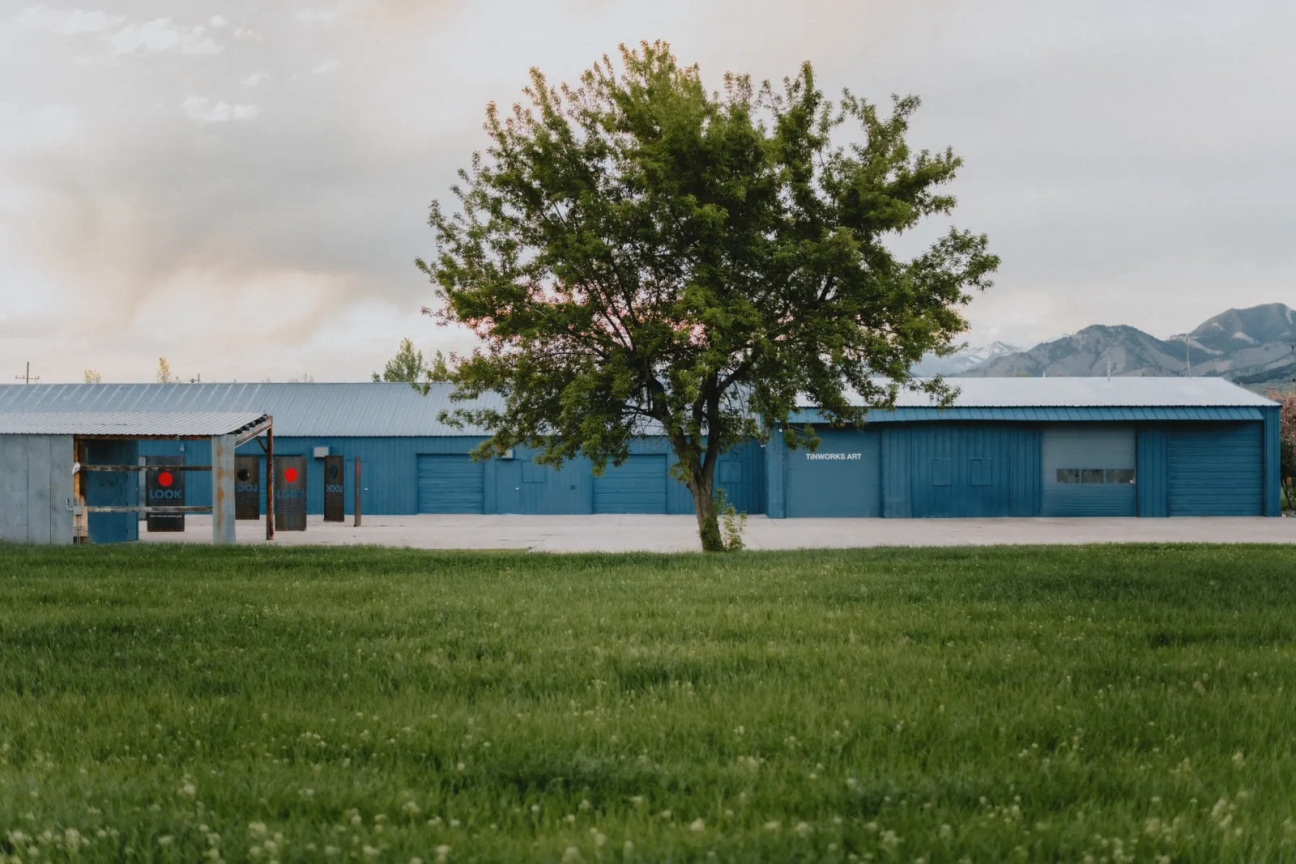
“Wheatfield – An Inspiration. The seed is in the ground” by Agnes Denes
Where: Tinworks, Bozeman
When: June 15 – October 19
Why It’s Worth a Look: Denes, revered as one of the first ecological artists, is returning to her roots, so to speak, with a reimagined addition to her series Wheatfield.
Know Before You Go: In Bozeman, the project takes on new meaning within the context of the location’s agricultural history. The original Wheatfield, Denes’s seminal work from 1982, was set on a two-acre expanse in Lower Manhattan.
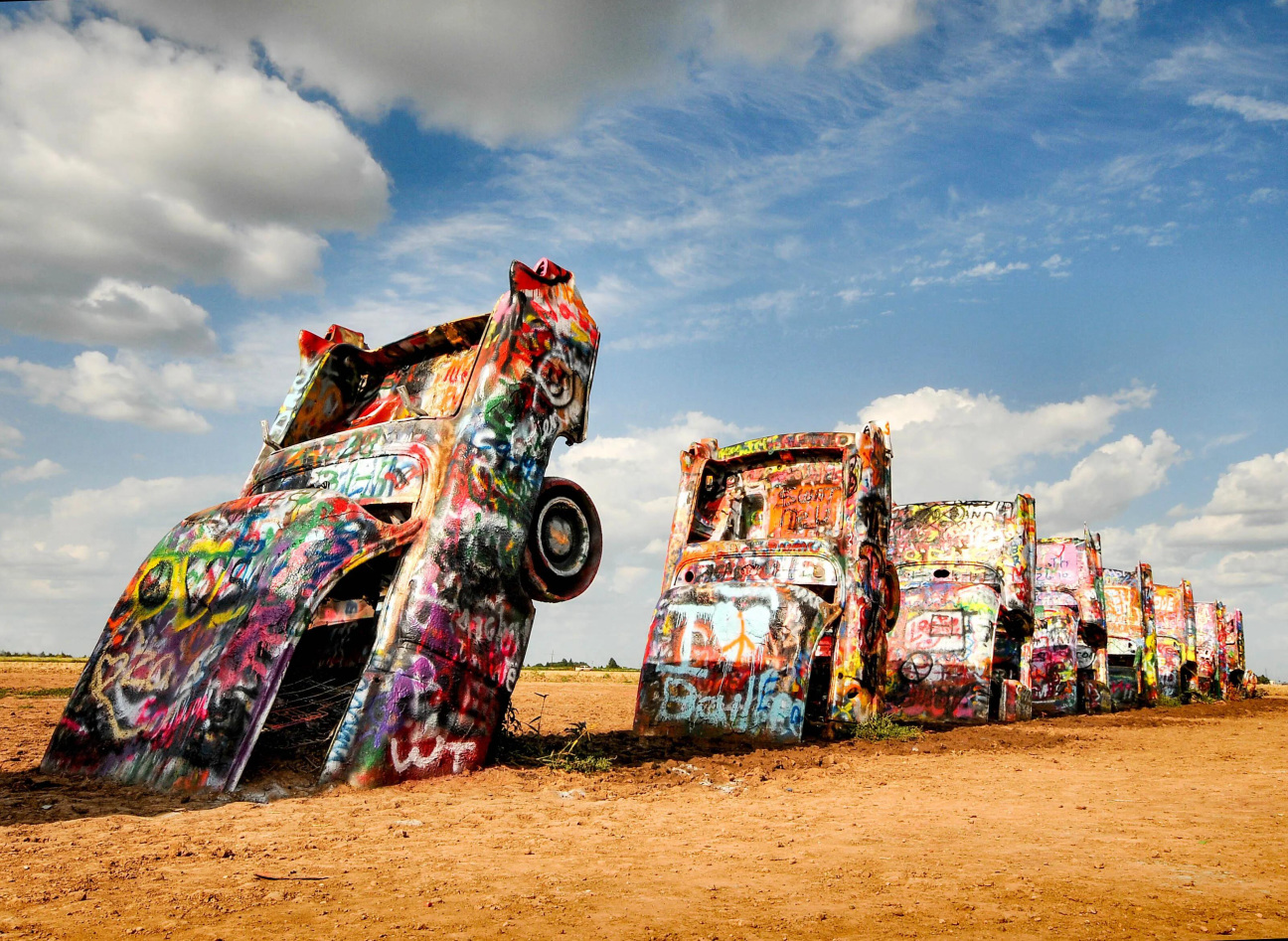
Texas
Cadillac Ranch
Where: Amarillo
When: Year-round
Why It’s Worth a Look: In 1974, philanthropist and artist Stanley Marsh 3 sponsored the installation of a row of Cadillacs along the highway in rural Texas. Fifty years later, the cars remain embedded in the landscape.
Know Before You Go: The scene redefines itself over the years as new layers of paint and design coat the weathered vehicles.










 in your life?
in your life?

